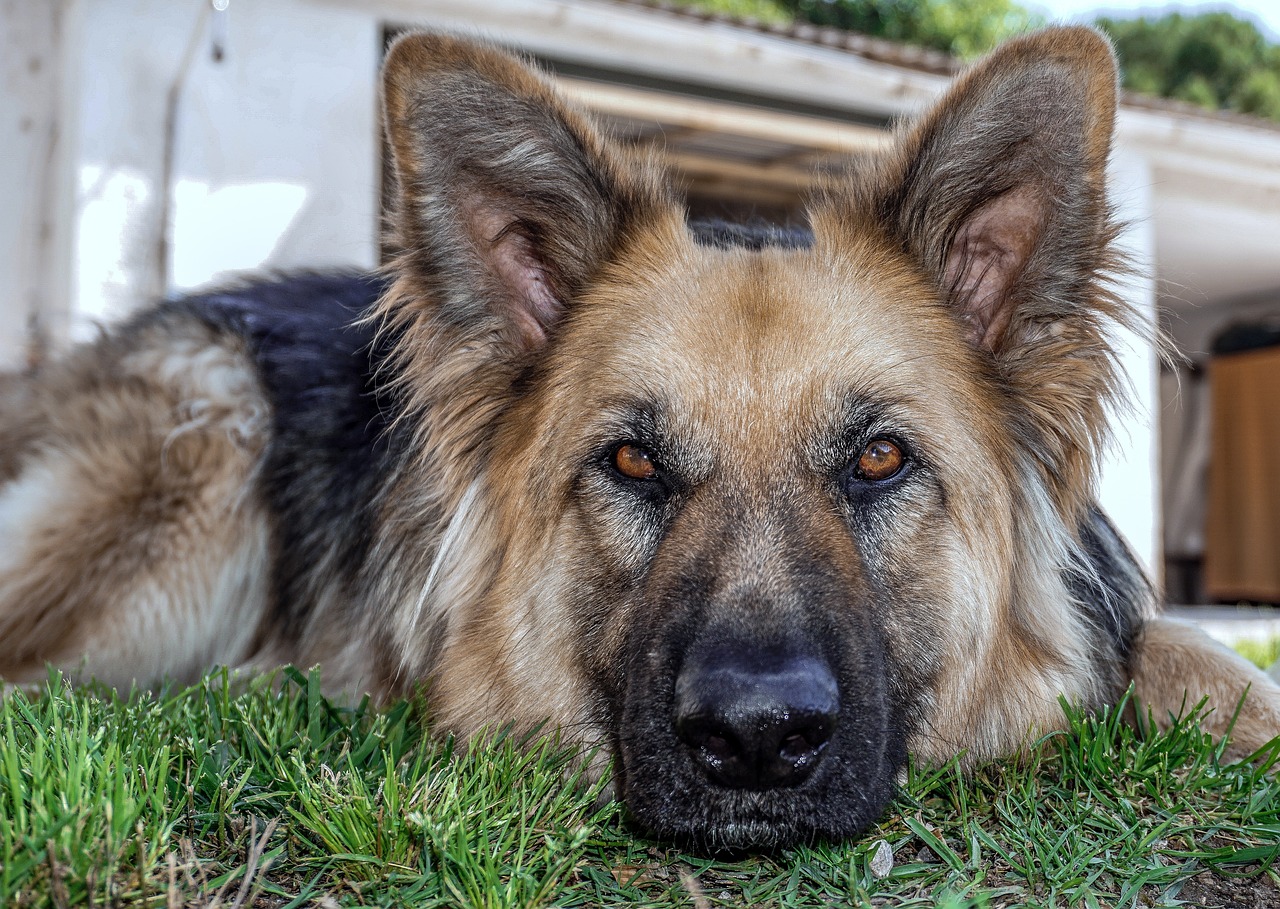Do you have a need for a protection dog? Protection dogs are specially trained canines that serve the dual purpose of companionship and security. Unlike regular pets, these dogs undergo rigorous training to excel in obedience, situational awareness, and, when necessary, controlled aggression. They are often used by individuals and families who have specific security concerns, such as personal threats or the need for heightened property security. If this sounds like you, then adopting a protection dog might be your next best step. However, education is necessary to safely and responsibly own one of these canines.
Personal Protection Dogs in Florida
When it comes to personal protection dogs, not all breeds are created equal. Some are naturally more inclined toward protective behaviors, thanks to their physical attributes and temperaments.
There are some common breeds more suitable for protection, such as:
- German Shepherds
- Belgian Malinois
- Rottweilers
- Doberman Pinschers
- Boxers
Each of these breeds possesses traits that make them ideal candidates for protection work. For instance, German Shepherds and Belgian Malinois are known for their high prey drive, which makes them alert and responsive. Defensive drive, the instinct to protect their territory or owner, is another trait commonly found in these breeds.
Owning a protection dog is a significant responsibility that shouldn’t be taken lightly, as it comes with its own set of challenges. A common misconception is that any dog can be trained for protection work. While training can enhance a dog’s natural abilities, it can’t instill the innate traits necessary for effective protection. Another misconception is that a protection dog will automatically be good with kids and other pets. While socialization can help, it’s essential to understand that a protection dog is trained to be alert and responsive, which may not always align with a peaceful household environment.
Owning a protection dog may require you to go above and beyond to make sure you comply with local and state regulations. For instance, you may be required to register your dog and adhere to certain containment rules.
Essential Training Techniques
Before diving into specialized protection training, you should first establish a strong basic obedience foundation. This baseline helps make sure that your dog will listen to your commands in various situations – no matter the distractions – which is vital for practical, real-world protection work. The foundational commands that every protection dog should know include:
- Sit
- Stay
- Heel
- Come
- Down
These commands serve as the building blocks for more advanced training techniques. For example, the “stay” command helps keep your dog in one place, but it also teaches them self-control, which is key in high-stress situations.
Once your dog has mastered the most basic commands, you can move on to more specialized training techniques tailored for protection work.
Bite Work training entails teaching the dog to bite on command and release on command. Training around bites should focus on controlled releases and minimization of aggression when a threat is no longer posed.
Situational awareness training involves exposing the dog to different scenarios where they might need to protect you. The aim is to train the dog to assess situations and react appropriately, whether that means barking to alert you or physically intervening.
Trying to train a protection dog on your own can be risky. Specialized training techniques like the ones above require a level of expertise that the average dog owner likely lacks. Incorrect or incomplete training can result in a dog that is either overly aggressive or ineffective in a real-world situation. For these reasons, seeking the assistance of a qualified professional is strongly recommended, as a skilled trainer can ensure that the dog is both a safe and effective protector.
Gulf Coast K9 is a professional dog training school in Bradenton, Florida.





